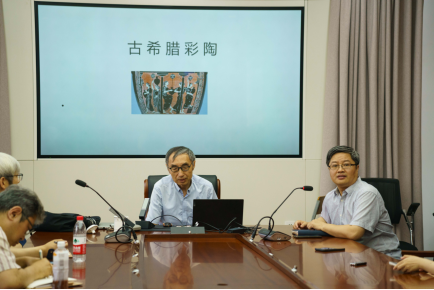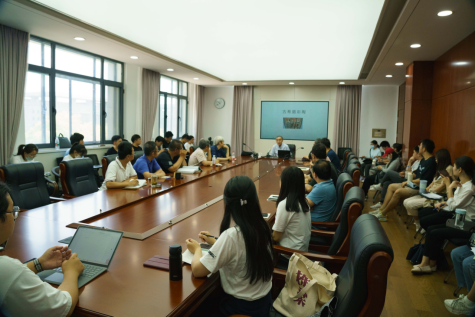Professor Guo Xiaoling started the lecture with a brief introduction to the history of pottery firing, emphasizing that ancient Greek polychrome pottery was a unique and distinctive branch in the history of pottery production. He then divided the history of ancient Greek pottery firing into five stages: prehistoric times, the Aegean Era, geometric pottery era, classical era, Hellenistic era, and the classical era representing its zenith. He then categorized the pottery from the classical era into domestic pottery and decorative pottery, both of which shared a common emphasis on figurative art and lack of animal or landscape paintings. During this era, Greek polychrome pottery painting could be classified into three technical types: black painted pottery on red background, red painted pottery on black background and painted pottery on white background. The subjects of these paintings were mainly drawn from mythology and real-life activities, vividly depicting stories of gods and various human activities such as political participation, military campaigns, sports, and everyday life.
These paintings served as important materials for the study of ancient Greek history. Furthermore, the realism in these artworks, along with Greek sculpture, laid the foundation for the basic art style in the Western world.



